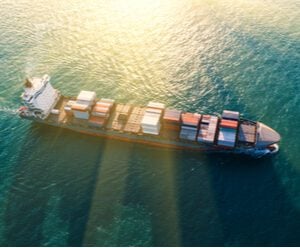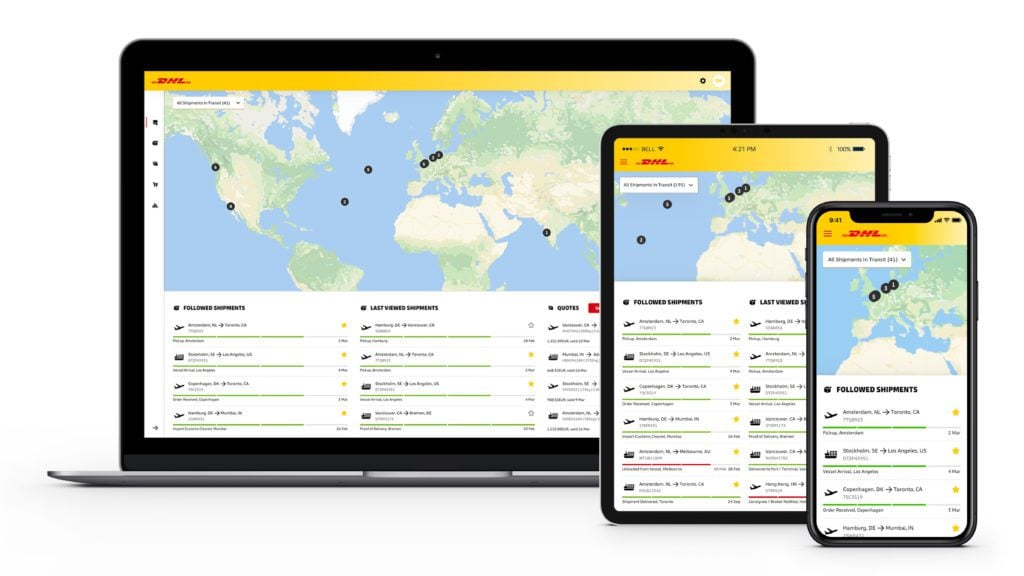
The digital revolution of freight forwarding: Not a matter of if, but when

A visit to smaller haulage or freight forwarding companies may feel almost like a step back in time, with fax machines still in use and every transaction recorded by hand on paper.
The slow embrace of new digital technologies by the freight forwarding industry has inevitably become something of a cliché.
Meanwhile, the acceleration of technological progress continues across social, cultural and business interactions today, from the emergence of self-learning Artificial Intelligence (AI) to self-driving cars.
In some ways, the impression of the industry is unfair. For example, it airbrushed from history how rapid adoption of the container facilitated globalization, how the industry used Enterprise Resource Planning (ERP) systems to transform data and logistics from the 1990s and, more recently, how the agility and flexibility of supply chain service providers enabled global e-commerce.
Yet, the cliché is also founded in reality.
A case in point is the take-up rate of electronic air waybills (e-AWB) which has been glacial at best. Even after years of incentives and despite being ordained the default contract of carriage for all air cargo shipments, e-AWB penetration only stood at a paltry 67.5 percent last December.
Disruption underway
Traditionally slow to capitalize on new technologies, freight forwarders are feeling the pressure to keep pace with the rapid digitalization and automation.
With industry competition intensifying, the race to establish market-leading positions built on the latest technologies and innovations is now well and truly on, with key players going head to head to deliver the optimal customer experience.
This wave of ‘disruption’ — spearheaded by software-focused freight start-ups like Flexport, which is now valuated at US$3.2 billion (€2.9 billion) — has caused disquiet and prompted much debate in the supply chain.
A staggering array of e-business companies have come to the fore, promoting a range of new digital services designed to take costs and inconveniences out of shipper supply chains. Some market themselves as cloud-based e-forwarders and brokers or online sales platforms, while others manage freight rates and data, and sell information.
In road freight, the battle to ‘Uberize’ trucking has been ignited by the emergence of digital freight marketplaces like Saloodo!, a subsidiary of Deutsche Post DHL Group (DPDHL), which enables shippers to search for road freight carriers, and carriers to find cargo shipment requests, at the click of a button.
E-commerce giants such as Amazon, JD.com, Lazada and Alibaba previously used online platforms to reinvent retail models. Now they are building their own digital platforms and logistics footprint to support the growth of e-commerce volumes.
Container shipping lines — armed with new digital sales platforms, start-up incubating hubs and freight forwarding arms — are also joining the digital fray and rebranding themselves as integrated supply service providers.
Shipping giant Maersk, for instance, launched an online portal to digitize its booking processes and also offer the option to facilitate customs clearance digitally.
At the moment, there is no segment of the transport and logistics business that is immune to the technological innovations hitting the market. Most claim that they can help meet the needs of the on-demand economy and cross-border e-commerce more efficiently than systems which rely on copious amounts of paperwork and manual transactions.
Ready for digitalization
The ‘disruptor’ narrative often paints a picture of slow-adapting incumbents being swamped by unencumbered, tech-savvy arrivistes.
However, forwarders and third-party logistics providers (3PLs) would argue that that this perception is inaccurate.
A 2018 IT survey by consulting firm KPMG revealed that while transport and logistics companies lagged behind in its digital capabilities, they were highly effective in using digital tools to enhance the overall customer experience.
In line with DPDHL Group’s push for digitalization as part of its Strategy 2025, DHL Global Forwarding has raised the stakes with the launch of its latest digital solution: myDHLi, the first digital freight platform in the industry that covers all modes of freight.
The one-stop mobile portal provides customers with real-time shipment visibility round the clock, with a convenient follow-and-share option to encourage collaboration with colleagues, customers and partners.
While most digital platforms only offer quoting and booking functions for single modes of freight, myDHLi tailors quotes and bookings, and offers competitive freight rates across all modes — a first in the forwarding market. Customers can easily access all other information including shipment analytics and all essential shipment documents within the portal.
By combining these services on a single platform, customers will have 360-degree visibility and the ability to manage their logistics anytime and anywhere, according to Kelvin Leung, CEO, DHL Global Forwarding Asia Pacific.
To address the environmental impact of shipments, myDHLi even calculates CO2 impact and offers the means to reduce or offset emissions by, for example, selecting alternative fuel options.
Regardless of newer technologies that enter the digital fray, freight forwarders ultimately still serve the core purpose of delivering shipments from end-to-end.
The rise in digitalization simply sets the stage for delivering an exceptional customer experience by making the process more transparent, user-friendly, and cost-effective.
ALSO WORTH READING















 English
English